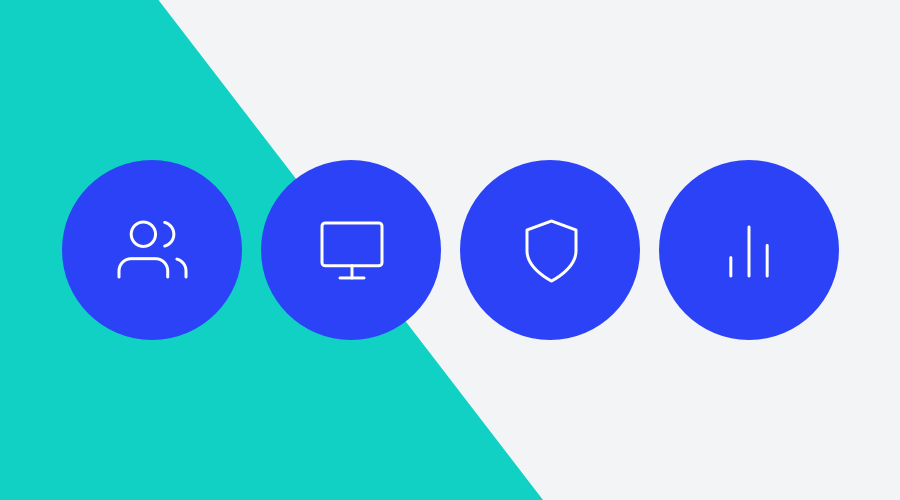With data protection regulations like the General Data Protection Regulation (GDPR) and the announced ePrivacy Regulation in the making, more and more customers expect companies to respect and protect their personal data. From the beginning, the Notificare platform is designed with privacy and security in mind. And, we've put the necessary processes in place to ensure and monitor your data's security. That said, the importance of first-party data becomes clearer since regulations protect the customers' privacy, so second or third party data will eventually become useless.
What is first-party data?
First-party data is any data you collect from people who visit your website, use your products, or visit your physical locations. It is the data that comes from your own sources. And, nowadays, you collect that data with explicit consent.
For example, someone signs up for your newsletter on your website. Or in your app, subscribes for Push Notifications. Someone buys a pair of jeans at your store and identifies them with their digital customer card. The data that you collect here is first-party data and, to be more precise, declarative data. This is simply self-submitted data.
Moreover, when creating digital experiences, these data sets can be enriched with data you collect from user behavior. For example, how and when did your customer respond to the email you've just sent after the sign-up. Did your prospect purchase an item after receiving that push notification? And what was the value of the purchase your loyal member made in their favorite store? This first-party data is known as behavioral data.
Analyzing this behavioral part of the collected data makes it more interesting for you as a marketer. You can use the results to provide an even better experience for your end-user. And best of it, this data is the most cost-effective because they are basically free.
Definition of 2nd and 3rd party data
So now we know what first-party data is, you are probably curious about what isn't. Second-party and Third-party data is information that you didn't collect yourself. Second-party data is someone else's first-party data shared based on an agreement between trusted parties. However, the customer has not always given his prior consent to that agreement.
Third-party data is any data that's collected by a business that doesn't have any direct link to the visitor, user, prospect, or customer they collect the data from. Most of the time, this form of data collection provides a larger amount of information, and since it's now your data, it also becomes more privacy-sensitive.
Many (technology) initiatives are currently aimed at counteracting this form of data collection. And ultimately, this is also the most expensive form of data collection for you.
How 1st party data is collected
There are several ways to collect first-party data. After all, you collect it through your owned media. So often, you already know if someone is logged in, and an event within an app or website becomes relevant to you. You basically store the declarative data from the user, and you can gain insights about behavioral events from that user. For example, logging the event that someone uses the wishlist in your app offers you the opportunity to target users that don't use this nifty feature.
Solid Foundation
To create a personal one-on-one relationship with your client, you need a solid data foundation. You use a Customer Engagement platform sometimes in connection with a Customer Data Platform. Whether you need a separate CDP depends on your marketing stack and architecture. Within the Notificare platform, we use a philosophy of 'just enough data'.
Our just enough data philosophy stands for solely storing data that is needed up until when it's needed. For example, if you want to use a customer identifier to recognize the customer, you need to store it in the platform. However, if you're going to send this customer a message that the order is ready, you can use the order number for the message only, and you don't need to store that number as a property of the user profile. Of course, this also applies to behavioral data that you collect. You only use this to offer added value.
Safe and Sound
In addition to the solid data foundation, a Customer Engagement platform must also meet strict security requirements. Notificare is ISO 27001 certified and GDPR compliant and a truly European company. This means that your data will always be yours and stored in the EU and will never leave the EU. Furthermore, we conclude a Data Processor Agreement with different retention rates.
Questions?
If you have questions about data, data structure, and data storage, or if you want to know more about how Notificare can help your organization focus on first-party data instead of third-party data, please contact sales.


